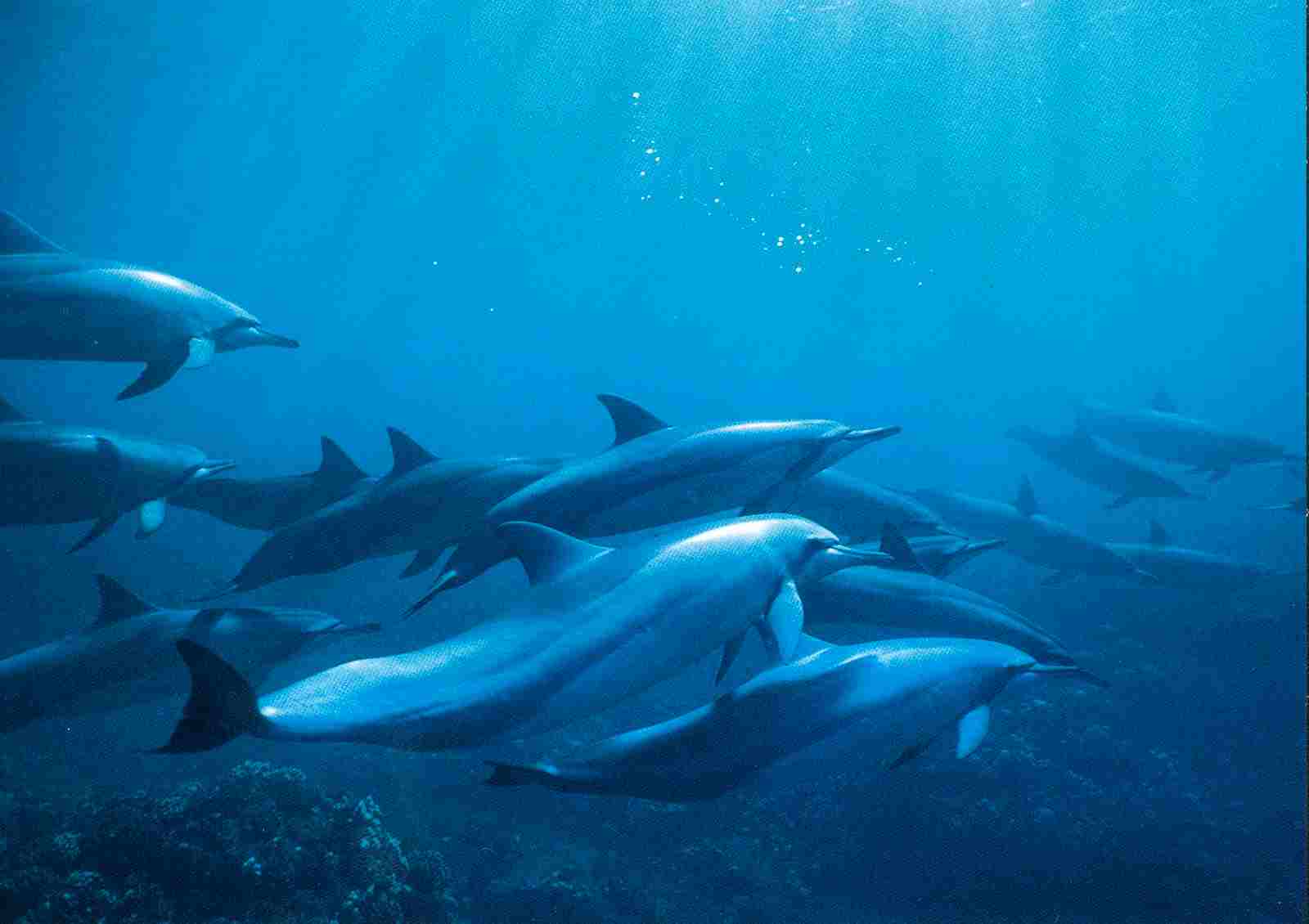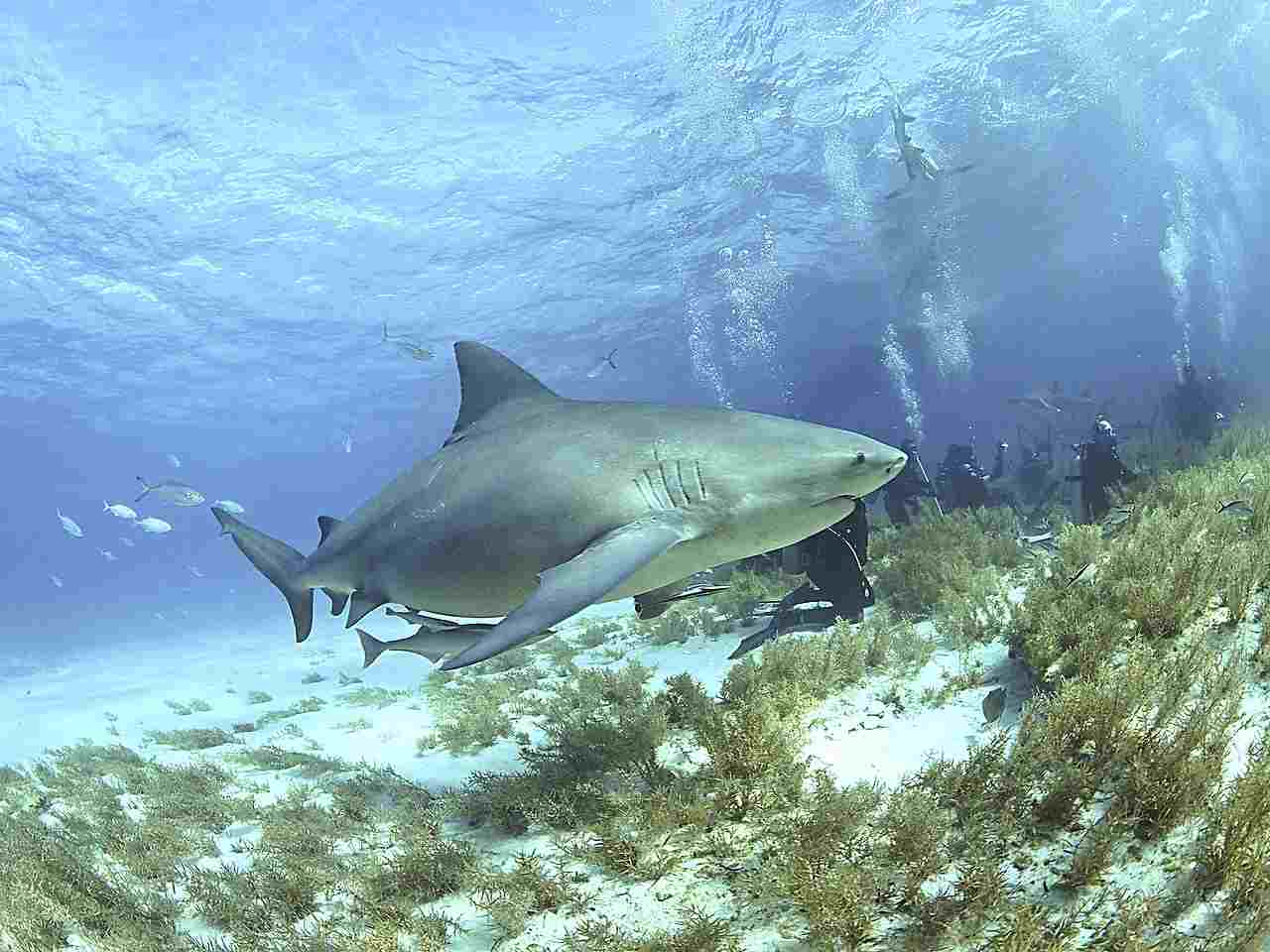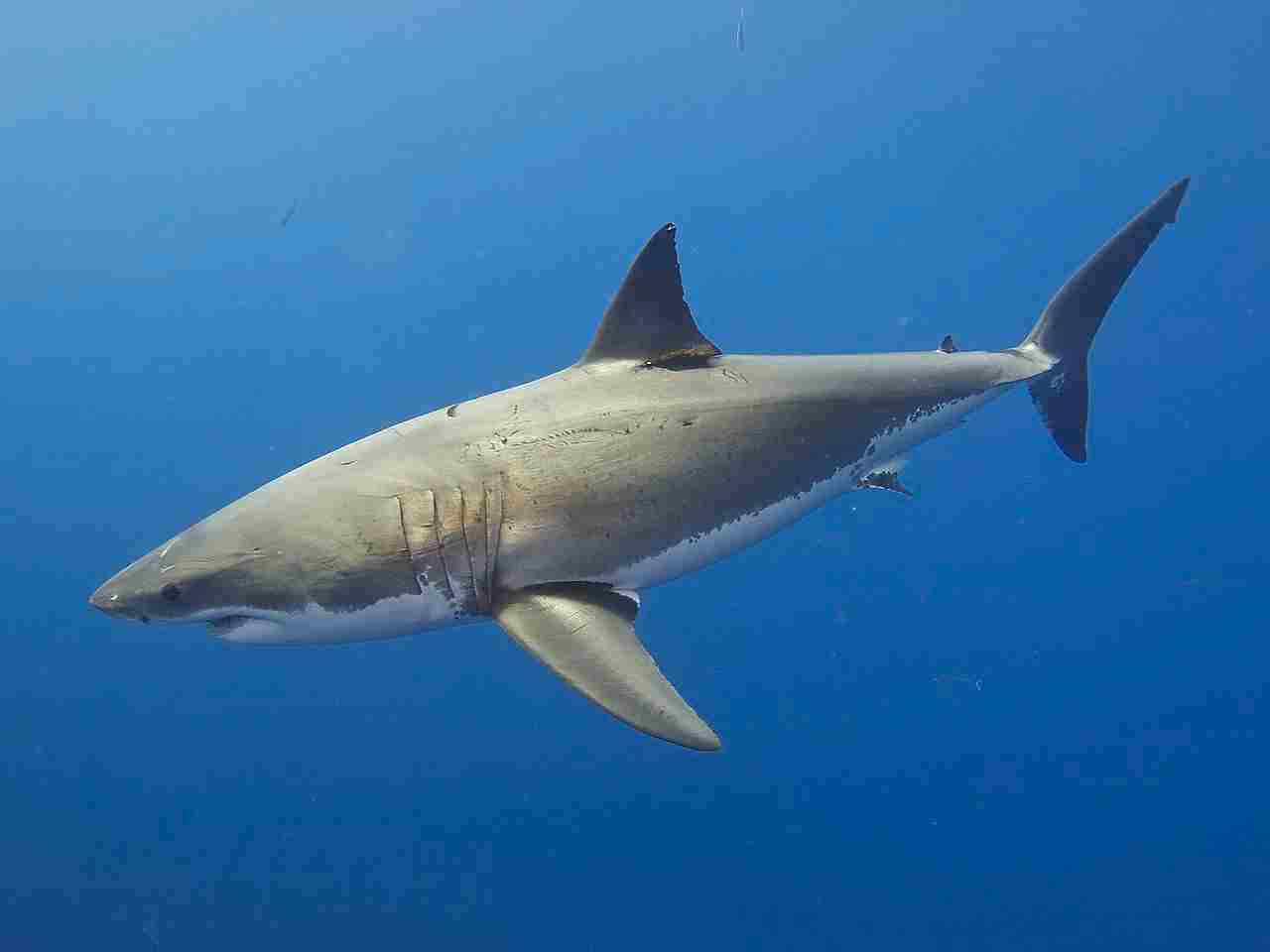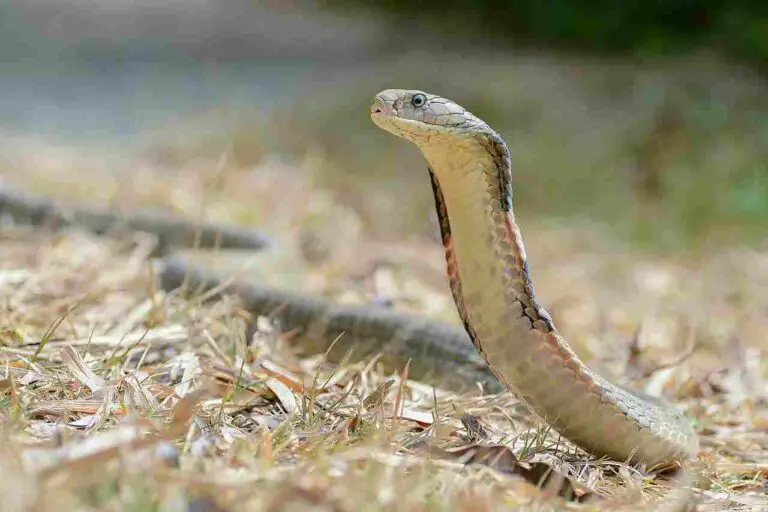7+ Tertiary Consumers in the Arctic Ecosystem Discussed
Tertiary consumers in the Arctic are apex predators crucial for maintaining ecosystem balance. They include Orca, sharks, Arctic Lamprey, Lynx, Arctic Wolf, Polar Bear, Wolverine, Eagles, and Dolphins (Beluga). These predators play vital roles in regulating prey populations and contributing to the overall health of the Arctic ecosystem.
1. Tertiary Consumer in the Arctic: Orca
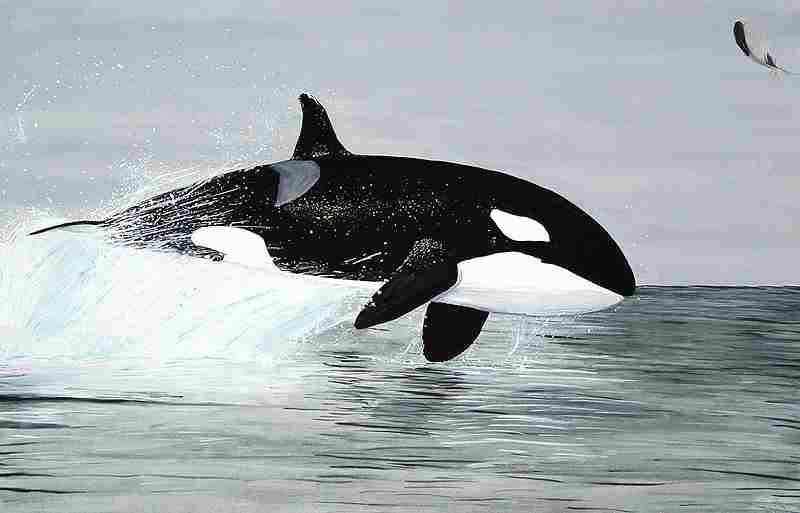
The Arctic, despite its icy reputation, harbors a diverse ecosystem where the Orca (Orcinus orca), also known as the killer whale, reigns as a formidable tertiary consumer. Here’s an in-depth look into its role and characteristics:
Overview: The Orca is an apex predator, occupying the highest trophic level in the Arctic food web. Its iconic black-and-white appearance and sleek, streamlined body make it instantly recognizable. Despite being classified as a dolphin species, it holds the title of “top predator” in Arctic marine environments.
Diet: As a tertiary consumer, the Orca preys upon a variety of marine species, including fish, seals, sea lions, and even other cetaceans. Its diet varies depending on the season and availability of prey, showcasing its adaptability and opportunistic hunting behavior. During the summer months, when Arctic waters teem with life, Orca may target migrating fish such as salmon and Arctic char. In contrast, during the winter when sea ice restricts access to certain prey, they may focus on hunting seals by ambushing them near breathing holes or ice edges.
Hunting Strategies: Orca are highly intelligent and cooperative hunters, often employing sophisticated tactics to capture their prey. They may hunt in pods, utilizing teamwork and communication to surround and isolate larger prey or to corral shoals of fish. This cooperative behavior not only enhances their hunting success but also strengthens social bonds within the pod.
Impact on Ecosystem: As apex predators, Orcas play a crucial role in maintaining the balance of the Arctic marine ecosystem. By controlling the population of their prey species, they prevent overgrazing and maintain the health of lower trophic levels. Additionally, their presence can influence the behavior and distribution of prey species, leading to cascading effects throughout the food web.
Conservation Status: Despite their status as apex predators, Orcas face various threats in the Arctic, including habitat loss, pollution, and declining prey populations due to overfishing and climate change. Conservation efforts aim to mitigate these threats and ensure the long-term survival of this iconic species, recognizing its importance in both Arctic ecosystems and cultural heritage.
In summary, the Orca’s role as a tertiary consumer in the Arctic highlights its adaptability, intelligence, and ecological significance. As a keystone species, its conservation is essential for the health and stability of Arctic marine ecosystems.
2. Shark
While the Arctic might not be the first place that comes to mind when thinking of sharks, several species, such as the Greenland shark and the Arctic sleeper shark, inhabit these icy waters. These apex predators play a crucial role as tertiary consumers in the Arctic food web, preying on various marine species like fish, seals, and even smaller sharks. Their cold-adapted physiology allows them to thrive in the frigid temperatures of the Arctic Ocean, making them formidable hunters in this unique ecosystem.
3. Arctic Lamprey
The Arctic Lamprey is a fascinating yet lesser-known tertiary consumer in the Arctic. These jawless fish possess a unique adaptation that allows them to attach to other fish and feed on their blood and bodily fluids. While they might not be as visually imposing as other predators like Orcas or sharks, Arctic Lampreys play a significant role in regulating the populations of their prey species, contributing to the overall balance of the Arctic ecosystem.
4. Lynx
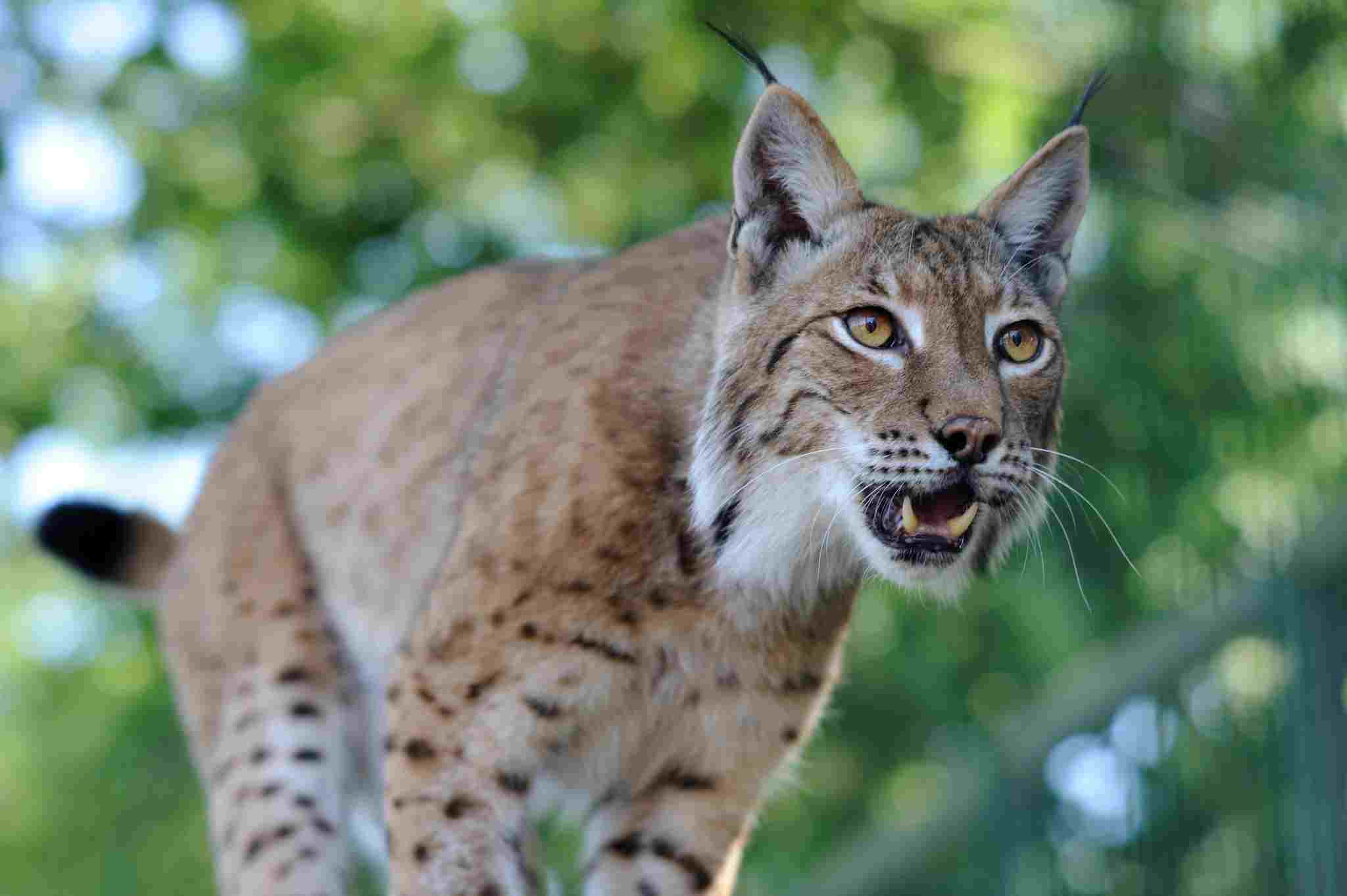
The Lynx is a top predator on land in the Arctic, preying primarily on smaller mammals like hares, squirrels, and occasionally small deer. As a tertiary consumer, Lynx help regulate the populations of their prey species, preventing overgrazing and ensuring the health of vegetation in the region. Their thick fur and large paws make them well-adapted to the harsh Arctic climate, allowing them to thrive in this challenging environment. Despite their solitary nature, Lynx are integral to the ecological dynamics of the Arctic tundra.
5. Arctic Wolf
The Arctic Wolf is a formidable tertiary consumer in the Arctic ecosystem, preying on a variety of herbivores such as musk oxen, caribou, and Arctic hares. These apex predators are well-adapted to the harsh Arctic conditions, with thick fur coats and keen hunting instincts. Arctic Wolves often hunt in packs, utilizing teamwork and strategy to take down larger prey. Their role as tertiary consumers helps regulate the populations of herbivores, preventing overgrazing and maintaining the balance of the Arctic tundra ecosystem.
6. Polar Bear
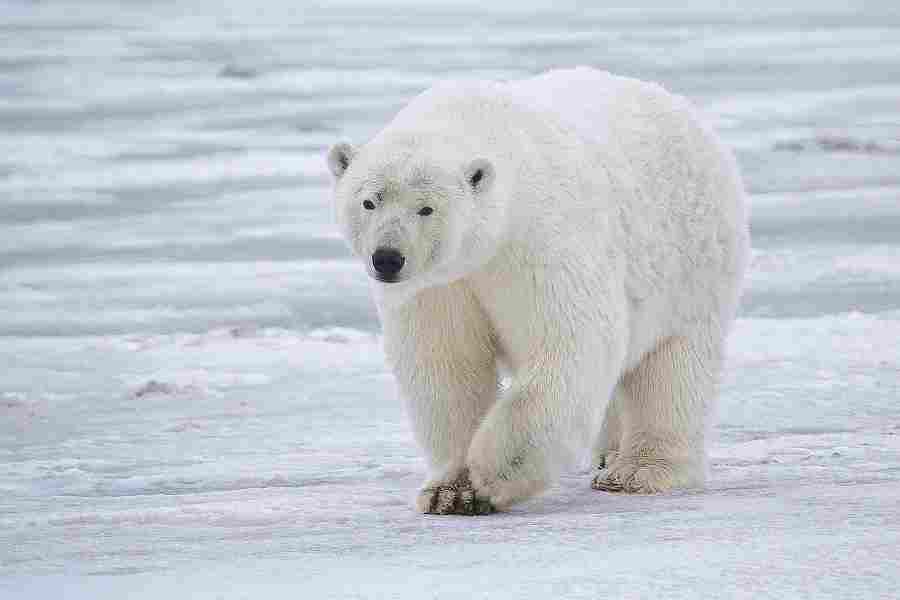
The Polar Bear is perhaps the most iconic symbol of the Arctic and a key tertiary consumer in its ecosystem. As apex predators, Polar Bears primarily hunt seals, relying on sea ice as a platform for hunting. Their specialized adaptations, such as a keen sense of smell and powerful swimming abilities, make them efficient hunters in the icy waters of the Arctic Ocean. Polar Bears play a crucial role in regulating seal populations, which in turn affects the entire Arctic food web. However, climate change poses a significant threat to their habitat, as melting sea ice limits their access to prey and disrupts their hunting behavior.
7. Wolverine
The Wolverine is a lesser-known but important tertiary consumer in the Arctic, primarily inhabiting boreal forests and tundra regions. These solitary predators have a varied diet, feeding on small mammals, birds, and carrion. Despite their relatively small size, Wolverines are known for their strength and tenacity, often scavenging carcasses or even driving larger predators away from their kills. Their role as tertiary consumers helps regulate the populations of smaller mammals in the Arctic ecosystem, contributing to its overall health and stability. However, habitat loss and human encroachment threaten Wolverine populations in the Arctic, highlighting the need for conservation efforts to protect these unique predators.
8. Eagle
Various species of eagles, such as the White-tailed Eagle and the Golden Eagle, are tertiary consumers in the Arctic ecosystem. These majestic birds of prey primarily feed on small mammals like rodents, birds, and fish. Their keen eyesight and powerful talons make them efficient hunters, capable of spotting and capturing prey from great heights. Eagles play a vital role in controlling the populations of their prey species, contributing to the balance of the Arctic food web. Additionally, they scavenge on carrion, further aiding in nutrient cycling and ecosystem health.
9. Dolphin
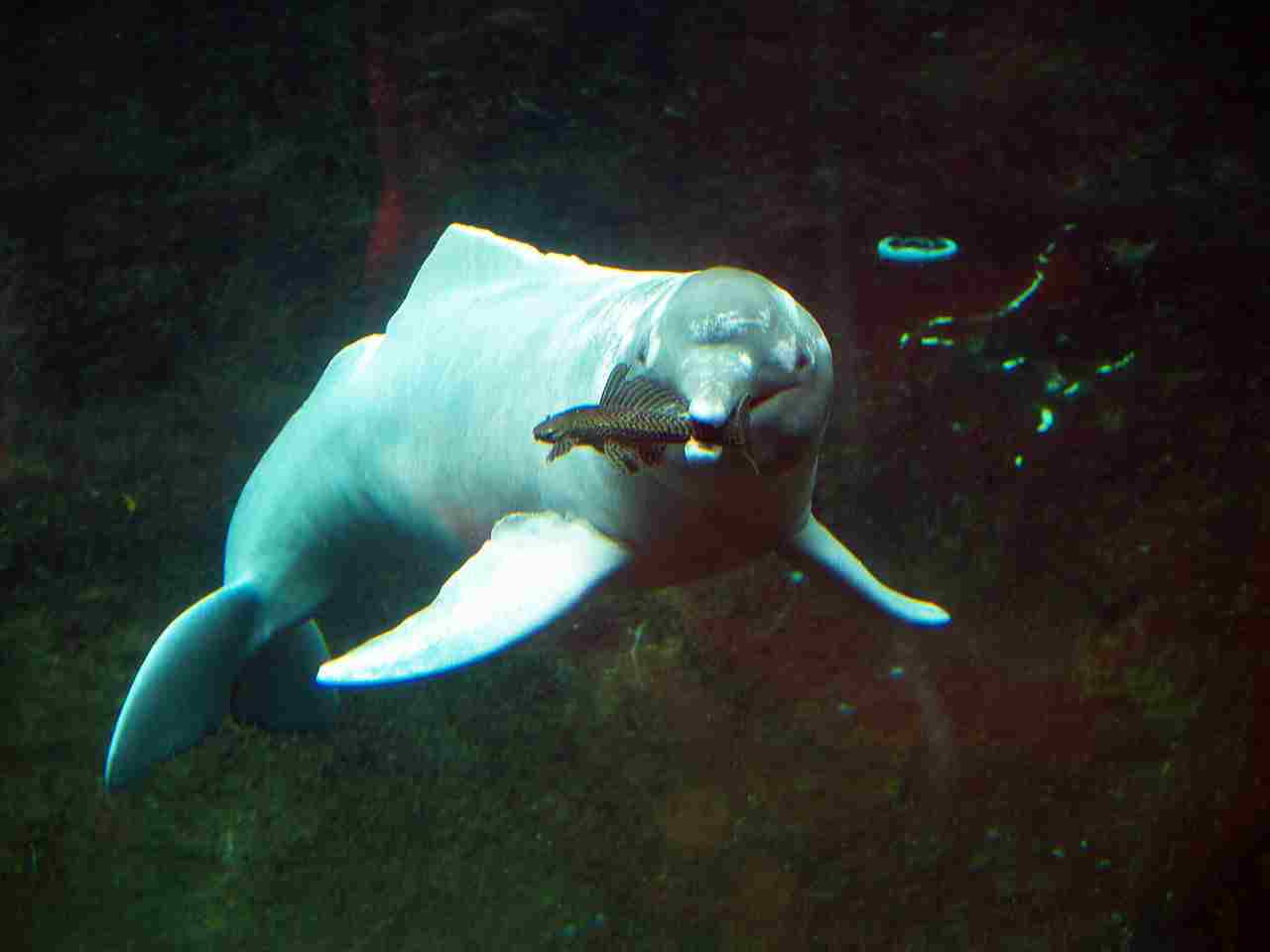
While not commonly associated with the Arctic, some dolphin species, such as the Beluga Whale, inhabit Arctic waters and serve as tertiary consumers in the region. Belugas primarily feed on fish, squid, and crustaceans, using echolocation to locate prey in the icy waters. As apex predators, they play a crucial role in regulating fish populations, helping to maintain the balance of the Arctic marine ecosystem. However, like other Arctic species, Belugas face threats from habitat degradation, pollution, and climate change, underscoring the importance of conservation efforts to protect these iconic marine mammals.
| Tertiary Consumer | Summary |
| Orca |
Apex predator; preys on fish, seals, and other cetaceans; hunts cooperatively in pods.
|
| Shark |
Greenland and Arctic sleeper sharks; prey on various marine species; cold-adapted physiology.
|
| Arctic Lamprey |
Jawless fish that feed on blood; helps regulate prey populations.
|
| Lynx |
Top predator on Arctic land; preys on smaller mammals; well-adapted to harsh conditions.
|
| Arctic Wolf |
Hunts herbivores; regulates populations; hunts in packs.
|
| Polar Bear |
Iconic predator; hunts seals; vulnerable to climate change.
|
| Wolverine |
Solitary predator; feeds on small mammals and carrion; threatened by habitat loss.
|
| Eagle |
Various species; efficient hunters; control prey populations.
|
| Dolphin (Beluga) |
Preys on fish and crustaceans; regulates fish populations; threatened by habitat degradation.
|
*Summary
Related FAQs:
- Why are Orcas considered apex predators in the Arctic?
- Orcas are considered apex predators because they occupy the highest trophic level in the Arctic marine food web. They have no natural predators and feed on a wide range of prey species, including fish, seals, and other cetaceans.
- What role do Lynx play in the Arctic ecosystem?
- Lynx are top predators in the Arctic tundra, regulating the populations of smaller mammals like hares and squirrels. By controlling these populations, Lynx help maintain the balance of the Arctic ecosystem and prevent overgrazing of vegetation.
- How do Arctic Wolves hunt in packs?
- Arctic Wolves hunt in packs to increase their hunting success. They utilize teamwork, communication, and strategic planning to surround and isolate their prey, making it easier to take down larger herbivores like musk oxen and caribou.
- Why are Polar Bears vulnerable to climate change?
- Polar Bears rely on sea ice as a platform for hunting seals, their primary prey. However, climate change is causing Arctic sea ice to melt at an alarming rate, limiting the bears’ access to prey and leading to longer fasting periods. Additionally, melting ice reduces habitat availability and increases competition for resources.
- How do Eagles contribute to the Arctic ecosystem?
- Eagles, such as the White-tailed Eagle and Golden Eagle, play a crucial role in regulating prey populations in the Arctic. By hunting small mammals, birds, and fish, they help control prey populations and maintain ecosystem balance. Additionally, eagles scavenge on carrion, aiding in nutrient cycling.
-
What threats do Beluga Whales face in the Arctic?
- Beluga Whales, like other Arctic species, face threats from habitat degradation, pollution, and climate change. Pollution can contaminate their food sources, while habitat degradation and climate change can disrupt migration patterns and alter their natural habitat, affecting their survival.
